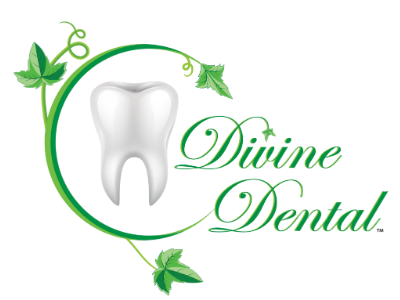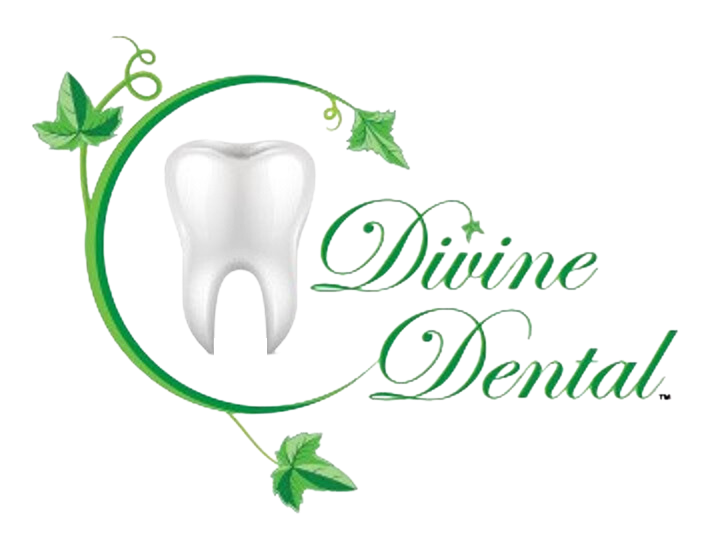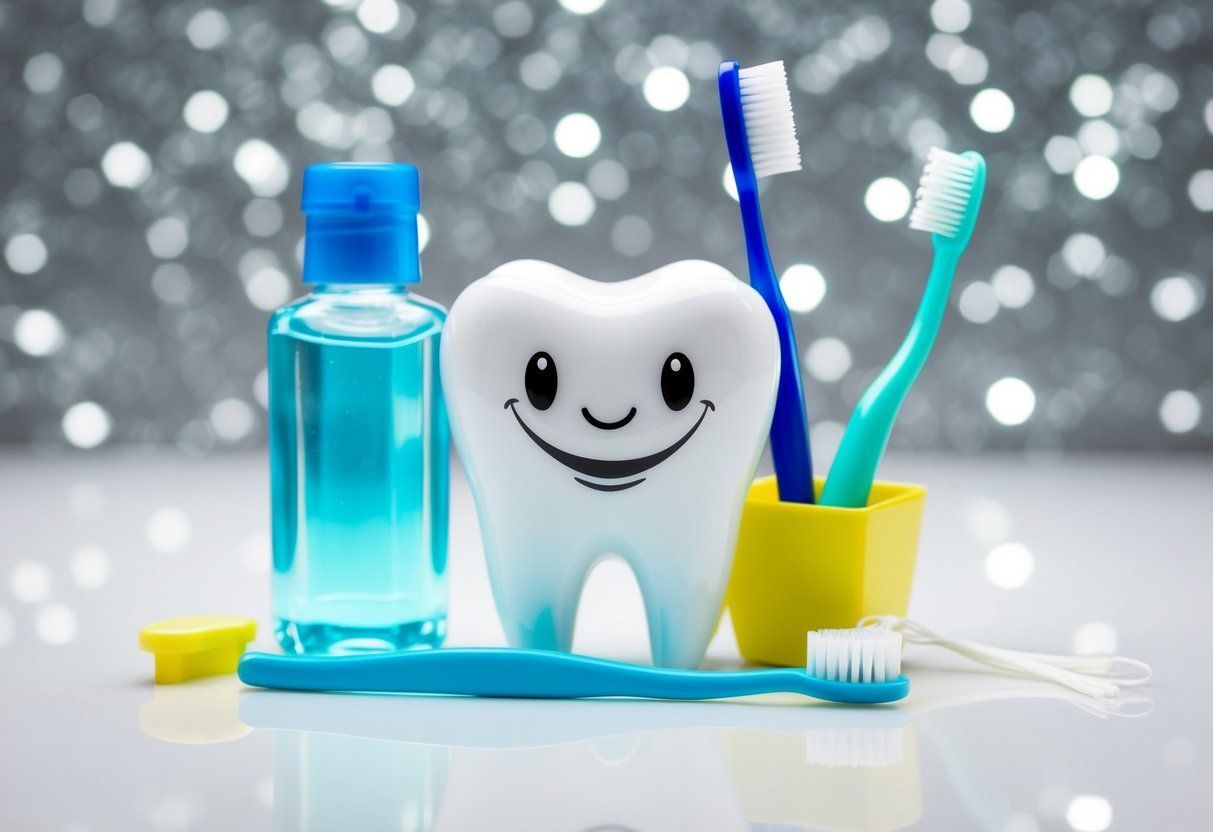Overview of Cosmetic Dentistry Services: Enhancing Your Smile
Cosmetic dentistry enhances the appearance of teeth and gums, going beyond basic dental care. Many people seek these services to achieve a whiter, straighter, or more uniform smile. Common treatments include teeth whitening, dental bonding , and veneers.
Professional treatments range from simple procedures like tooth contouring to more advanced services like dental implants. Each option aims to improve both the look and health of your smile. Cosmetic dentists often use the latest technologies to deliver effective results.
Selecting the right cosmetic dentist is crucial for achieving the best outcomes. Personalized care and expertise in the latest techniques ensure you get the smile you desire. Thorough consultation and customized treatment plans can turn your dental goals into reality.
Key Takeaways
- Cosmetic dentistry focuses on improving the appearance of teeth and gums.
- Common services include teeth whitening, bonding, and veneers.
- Choosing the right dentist is crucial for achieving the best results.
Understanding Cosmetic Dentistry
Cosmetic dentistry focuses on enhancing the appearance and functionality of teeth and gums. It can significantly improve a person’s smile, which in turn boosts confidence and self-esteem.
The Role of Cosmetic Dentistry in Oral Health
Cosmetic dentistry is not just about looks; it also plays an important role in oral health. Treatments like veneers and bonding can restore damaged teeth. This makes chewing and speaking easier and prevents further damage.
Aligners and braces correct misaligned teeth. Properly aligned teeth are easier to clean, reducing the risk of cavities and gum diseases. Healthy teeth and gums contribute to better overall health.
Benefits of Cosmetic Dental Procedures
Cosmetic dental services offer many benefits. Teeth whitening can remove stains and discoloration, giving a brighter smile. Veneers can cover imperfections, making teeth look uniform and attractive.
Bonding can fix minor flaws, improving both appearance and functionality. These treatments can enhance a person’s self-esteem, helping them feel more confident in social and professional settings. A better smile can positively affect relationships and personal interactions.
Common Cosmetic Dentistry Services
Cosmetic dentistry offers various treatments that enhance the appearance of teeth and improve smiles. Key services include teeth whitening , veneers, dental bonding, braces and Invisalign, and dental crowns and bridges.
Teeth Whitening
Teeth whitening is a popular cosmetic dental procedure. It lightens discolored teeth using bleaching agents. There are two main options: in-office whitening and at-home kits.
In-office whitening provides faster results. A dentist applies a strong bleaching agent and uses a special light to accelerate whitening.
At-home whitening kits contain weaker bleaching agents. Dentists typically provide custom-fitted trays and whitening gel. Patients use them over weeks to see results.
Dental Veneers
Veneers are thin shells made of porcelain or composite resin. They cover the front surface of teeth to correct imperfections.
Porcelain veneers are more durable and stain-resistant. They require tooth reduction before bonding.
Composite resin veneers are less expensive but may be less durable. They usually need less tooth reduction.
Dental Bonding
Dental bonding involves applying a tooth-colored resin to repair chips, cracks, or gaps. The resin is shaped and hardened using a special light.
It is a cost-effective, quick option. Bonding usually requires no anesthesia and can be completed in one visit. Composite resin used in bonding can match the natural color of teeth.
Invisalign and Braces
These treatments straighten teeth and correct bite issues.
Invisalign uses clear aligners, which are nearly invisible and removable. They are custom-made and replaced every few weeks.
Braces involve brackets and wires. Traditional braces are metal, but options like ceramic braces are less noticeable.
Dental Crowns and Bridges
Crowns and bridges restore damaged or missing teeth.
Dental crowns cover and protect a damaged tooth or an implant. They can be made from porcelain , ceramic , or metal. Crowns improve tooth strength and appearance.
Dental bridges replace missing teeth by anchoring to adjacent teeth or implants. They help restore function and appearance, preventing other teeth from shifting.
These common cosmetic services help many people achieve their desired smile and improve dental health.
Advanced Procedures for Enhanced Outcomes
Innovative techniques in cosmetic dentistry are transforming smiles. Key procedures include dental implants , full smile makeover s, gum contouring, and tooth contouring and enamel shaping.
Dental Implants
Dental implants are a highly effective solution for missing teeth. They consist of titanium posts surgically inserted into the jawbone. These implants provide a stable foundation for replacement teeth, which are custom-made to match natural teeth in both appearance and function. The process typically involves several steps: the surgical placement of the implant, a healing period, and then attachment of the custom crown. Dental implants are known for their durability and can last many years with proper care. This procedure helps in restoring not only the functionality of teeth but also the aesthetics of a smile.
Full Smile Makeover
A full smile makeover is a comprehensive process that combines multiple cosmetic dental procedures. This customizable approach may include veneers, teeth whitening, crowns, bridges, and orthodontics, tailored to address the specific needs of the patient. The goal is to enhance the overall appearance of the smile. The procedure begins with an in-depth consultation and assessment, followed by a detailed treatment plan. Each step is carefully planned to ensure the desired aesthetic and functional outcomes. Through this process, patients can achieve significant improvements in the color, shape, alignment, and overall harmony of their teeth and smile.
Gum Contouring
Gum contouring involves reshaping the gum line to improve the appearance of the teeth and gums. It is often used to treat a “gummy smile,” where excessive gum tissue makes teeth appear smaller than they are. This procedure can also be used to correct uneven gum lines. The process typically involves using a laser or scalpel to remove excess gum tissue and then sculpting the remaining tissue to create a more balanced and aesthetically pleasing gum line. Gum contouring can make a significant difference in the smile’s appearance, creating a more proportional and natural-looking result.
Tooth Contouring and Enamel Shaping
Tooth contouring and enamel shaping are minimally invasive procedures used to correct minor imperfections in the teeth. These techniques involve gently reshaping the enamel, the outermost layer of the teeth, to improve the overall appearance. It is often used to smooth out chips, uneven edges, or slight overlaps. Tooth contouring can usually be completed in a single office visit, with immediate results. This approach is especially beneficial for those looking to make subtle yet effective changes to their smile. Additionally, because it involves minimal discomfort and no recovery time, it is a popular choice for enhancing the natural look of teeth.
Materials and Technology in Cosmetic Dentistry

Recent advancements have equipped cosmetic dentistry with better materials and cutting-edge technology. These innovations enhance dental procedures, making them more effective, durable, and aesthetically pleasing.
Porcelain and Composite Materials
Porcelain and composite resin are commonly used materials in cosmetic dentistry. Porcelain veneers are thin layers that cover the front surface of teeth to improve appearance, combating issues like discoloration and minor misalignments. They are favored for their durability and natural look.
Composite resin is a versatile material often used for dental bonding and fillings. It provides a more affordable option than porcelain and can be color-matched to natural teeth. Composite resin is typically used to fix chips, cracks, and gaps. Advances in material technology now offer options that are stronger and more resistant to wear and staining.
Innovations in Orthodontic Treatment
Orthodontic treatments have seen significant advancements thanks to modern technology. Clear aligners , such as Invisalign, offer a virtually invisible way to straighten teeth. These aligners are custom-made and replaced every few weeks to gradually shift teeth into their desired positions.
Self-ligating braces represent another innovation. Unlike traditional braces, they use a sliding mechanism to move teeth more comfortably and efficiently. These braces often require fewer adjustments and can reduce overall treatment time.
3D imaging and computer-aided design (CAD) technology have revolutionized the planning and execution of orthodontic treatments. These tools allow for precise mapping of the teeth, creating more effective treatment plans tailored to the unique structure of each patient’s mouth.
Whitening Technology
Teeth whitening is one of the most sought-after cosmetic dental procedures. Laser whitening is an advanced technique that uses laser energy to accelerate the whitening process. This method can significantly lighten teeth in a single visit.
Whitening trays are another popular option. Custom-fitted trays hold a bleaching gel against the teeth, ensuring even and effective whitening. Patients often use these trays at home under their dentist’s guidance.
Whitening products , including over-the-counter gels, strips, and toothpaste, offer additional ways to maintain a bright smile. While these are less powerful than professional treatments, they can be effective for minor discoloration and are easy to use.
These technologies together give patients a range of effective options to achieve their desired dental aesthetics, making cosmetic dentistry more advanced and accessible.
Maintaining Dental Aesthetics
Proper care, lifestyle choices, and regular dental consultations are key to maintaining the aesthetics of cosmetic dental work. Each aspect helps ensure long-lasting results and overall oral health.
Post-Treatment Care
After undergoing a cosmetic dental procedure, following the dentist’s recommendations is crucial. Avoid hard and sticky foods that could damage new dental work. Brush twice daily with a toothpaste recommended by your dentist, and floss daily to remove plaque between teeth. Using a mouthwash can also help maintain oral hygiene.
For specific treatments, like teeth whitening, avoid foods and drinks that might stain teeth, such as coffee, tea, and red wine. For veneers or bonding, be mindful of habits like nail-biting or using teeth as tools, which can cause damage.
Lifestyle and Oral Health
Lifestyle plays an important role in maintaining dental aesthetics. Smoking can stain teeth and affect gum health, so quitting smoking can greatly benefit your appearance. A diet rich in fruits, vegetables, and dairy products supports healthy teeth and gums. Limiting sugary snacks and drinks helps prevent decay and discoloration.
Regular exercise and hydration also contribute to overall oral health. Staying hydrated produces enough saliva to wash away food particles and bacteria, reducing the risk of dental problems.
Regular Dental Consultations
Regular dental consultations are essential for maintaining the results of cosmetic dental work. Dentists will check for any issues and provide professional cleanings to keep teeth looking their best. They can also offer advice on specific care routines and address problems early, preventing long-term damage.
Scheduling visits every six months ensures timely interventions and adjustments if needed. For some, more frequent visits might be recommended based on individual needs and the type of cosmetic treatment received. Access to free consultations might also be available, providing peace of mind and continuous support.
Consultations help maintain both the appearance and health of the teeth, ensuring that the benefits of cosmetic dentistry are enjoyed for years to come.
Choosing the Right Cosmetic Dentist
Selecting the right cosmetic dentist is crucial for achieving the best possible results. Key factors include personalized treatment plans, qualifications and experience, and building a trusting patient-dentist relationship.
Consultation and Personalized Treatment Planning
When choosing a cosmetic dentist, it’s important to start with a consultation . This initial meeting helps to create a personalized treatment plan . A good dentist will discuss the patient’s goals and expectations in detail and offer various options. They may include teeth whitening , veneers , or dental implants . The dentist should explain the procedures, costs, and timeline clearly. This helps the patient make informed decisions and ensures the treatment aligns with their needs and budget.
Experience and Qualifications
A cosmetic dentist’s experience and qualifications are critical. Check for certifications from reputable organizations, such as the American Academy of Cosmetic Dentistry (AACD) . These certifications indicate specialized training in cosmetic procedures. Years of practice and a portfolio of past work also provide insight into their expertise. Experienced professionals are likely to deliver higher quality results and handle complications effectively. Assessing their work through before-and-after photos can help gauge their skill level and aesthetic sense.
Patient-Dentist Relationship
Building a good patient-dentist relationship is essential for a positive experience. Trust and comfort are key components. Look for a cosmetic dentist who communicates clearly and listens to concerns. A welcoming atmosphere in the clinic eases anxiety and fosters a sense of trust. Transparent communication about procedures, potential risks, and expected outcomes builds confidence in the patient. An exceptional care approach ensures that the patient feels valued and understood throughout the process.
Finding the right cosmetic dentist involves careful evaluation and open communication. Personalized consultations, verified qualifications, and a strong patient-dentist relationship are fundamental to achieving the desired smile makeover.
Frequently Asked Questions
Cosmetic dentistry covers various procedures aimed at enhancing the appearance of teeth, gums, and bite. Patients often seek these treatments to improve their smile , which can boost confidence and improve oral function.
What are the most common procedures included in cosmetic dentistry?
Cosmetic dentistry includes teeth whitening, veneers, dental implants, and orthodontics. Teeth whitening removes stains and brightens teeth. Veneers are thin shells bonded to the front of teeth to cover imperfections. Dental implants replace missing teeth. Orthodontics straighten teeth using braces or aligners.
How can you differentiate between esthetic dentistry and cosmetic dentistry?
Esthetic dentistry and cosmetic dentistry focus on improving the appearance of teeth. However, esthetic dentistry includes treatments that are necessary for dental health , while cosmetic dentistry is primarily for improving looks. For example, filling cavities is esthetic, whereas teeth whitening is cosmetic.
What outcomes can typically be expected from cosmetic dental treatments?
Patients can expect whiter, straighter, and more even teeth from most cosmetic dental treatments. Procedures like veneers and bonding can cover chips, cracks, or gaps. Implants can replace missing teeth and restore function. Overall, these treatments aim to enhance smile aesthetics.
What qualifications or skills are necessary for a dentist to specialize in cosmetic dentistry?
A dentist must complete dental school and obtain additional training in cosmetic procedures. Skills required include precision, an eye for detail, and a good sense of aesthetics. Continuing education and certifications in cosmetic dentistry can further enhance a dentist’s expertise.
What are the recent advancements in cosmetic dental procedures?
Recent advancements include 3D printing for dental restorations , laser dentistry for gum contouring, and digital smile design to preview results. Teeth whitening techniques have also improved, offering quicker and longer-lasting results. These advancements enhance precision, efficiency, and patient comfort.
How does the cost of various cosmetic dental treatments compare?
Costs vary depending on the procedure and complexity. Teeth whitening is generally the least expensive, while veneers and dental implants can be more costly due to labor and materials involved. Dental insurance typically does not cover cosmetic procedures, so patients often pay out-of-pocket.…
Our address
Work Hours
- Mon - Thu
- -
- Friday
- -
- Sat - Sun
- Closed
All Rights Reserved | Divine Dental |
Lead Generation by LeadLane
* Some restrictions may apply to a free second opinion




